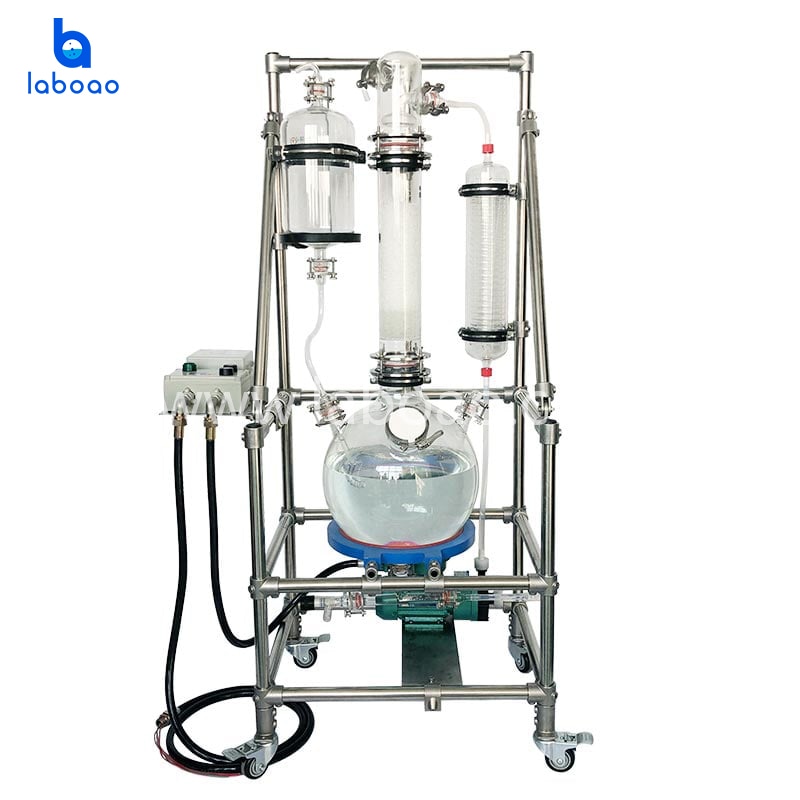How To Pick The Right Fume Hood And Biological Safety Cabinet For You And Your Lab
Here are some important things to consider when choosing the right fume hood or biological safety cabinets for your laboratory:
Protect
Knowing what kind of protection you will need is the first step in choosing the right lab enclosure. Fume hoods are designed by the operator to provide continuous airflow away from the work area to provide protection for users of toxic or volatile chemicals. Biological safety cabinets are designed to provide protection for users, products and the environment. In fact, biological safety cabinets offer several level options with different levels of protection.
Class I biosafety cabinets are only used to protect operators.
Classes II and III protect the product or sample, the user and the environment from contamination.
Class II cabinets provide access to the work area, while Class III biological safety cabinets provide a barrier between the user and the work area.
Class III biosafety cabinets are essential for use with any Class 4 biosafety agents or other hazardous materials such as aerosols of pathogens or toxins.
Where biosafety is required, Class II, Class A2 NSF certified for protection against airborne particulates and biological matter for personnel, work surfaces, and the environment. The cabinet maintains a negative pressure inside the cabinet during operation to prevent contamination from escaping the work area.
Air Flow
Fume hoods are designed to deliver continuous airflow from the user to the work area. The air is then filtered and/or treated (directed) by the building's exhaust system before leaving the facility, or by filters contained in a fume hood that cleans the polluted air and recirculates it directly back to Lab (no plumbing).
Biological safety cabinets use HEPA-filtered vertical unidirectional airflow within the work area to protect personnel from airborne biohazards and other potentially harmful particles within the cabinet. Product protection is achieved when this vertical, unidirectional downward flow of air combines with suction under the intake grille and prevents outside air pollutants from entering the work area. Protect the environment because the air is HEPA filtered before being exhausted.
Application field
Fume Hood: A chemical fume hood can be used to handle the following: odorous materials, toxic gases, reactive materials, chemicals that will splash, aerosols, carcinogens, flammables, or other toxic and volatile materials.
Biological Safety Cabinet: Biological safety cabinets provide a safe environment for research involving infectious microorganisms or other harmful particles. These cabinets are suitable for use with agencies requiring containment in conjunction with Biosafety Level (BSL) 1, 2 or 3, depending on the type of cabinet. (Note that Class III cabinets can house BSL 4 agents. Class II cabinets can house BSL 4 applications with appropriate personal protective equipment.)
Fume hoods are designed to protect users from:
²Available in vertical or horizontal (or both) airflow configurations.
²Protects the user from smoke and (with HEPA/ULPA filter) particulate hazards.
²For research laboratories, educational institutions and forensic laboratories
Biosafety cabinets provide an additional layer of protection for the product/process on the work surface, the user and the environment.
²Available only in vertical airflow configurations.
²Cabinets must meet NSF 49 Class II, Class A2 performance standards for protection against inflow, outflow, exhaust, and cross-contamination.
²For life science research, cell culture processing and other applications requiring protection of users, work product, environment and mitigation of cross-contamination of work surfaces.


